The Article
Rigid Float tonearm From Viv Labs
30th January 2018
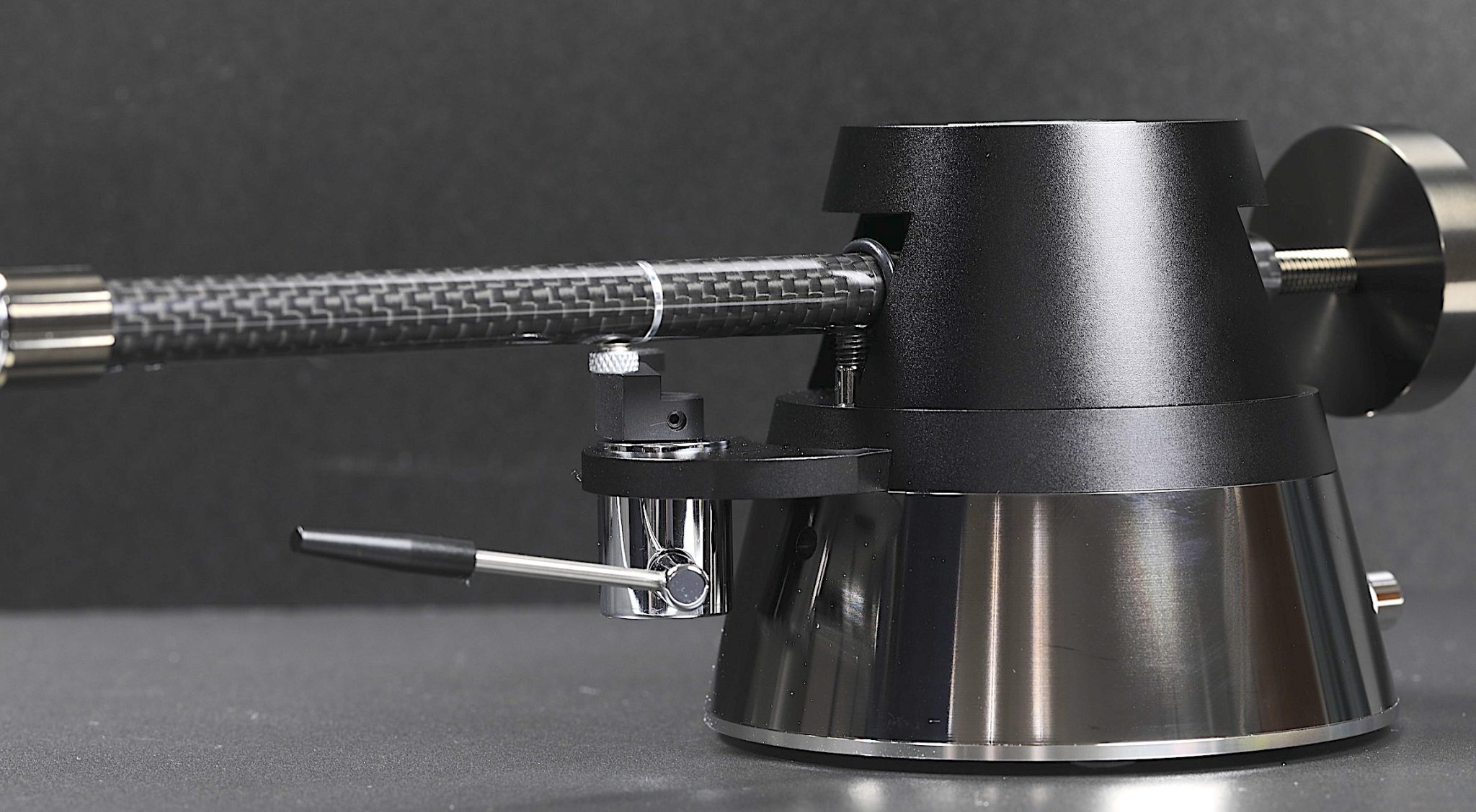
There is no headshell off-set angle and hence no anti-skating compensation mechanism, there is a ferro-fluid lubricated floating magnetic bearing, no rigid coupling of the arm to the turntable chassis and on the RF7, a 7” arm tube. What to make of the Viv Labs Rigid Float tonearm?
I’m used to innovation in tonearm design. Witness the new releases from Glanz and Clearaudio. This company is a mite different, though. It was established in 2008 by Koichiro Akimoto. It is also known for its unique view on hi-fi life.
For example, the Rigid Float tone arm arrives with an oil floated pivot. According to the company it, “…insulates the arm pipe from the vibration via floor or turntable. At the same time, this pivot shuts out the reflection of vibration generated by the stylus.”
The company is also dead against arm with angles built in to the arm tube. It much prefers the straight tube approach because that design, “…affects seriously…the sound quality because of side force fluctuation, which can never be canceled by [the] anti-skating mechanism.”
In response to raised eyebrows the company exclaims, “The tracking error is a little bigger but the sound is much better. You can hear no distortion even with 7” – yes 7” – model.”
That 7” model sits alongside the 9” and – get this – 13” arm. All are azimuth adjustable and arrive with silk jacketed 4N silver inner wire and rhodium plating.
Reportedly, the Rigid Float/H tonearm is very easy to install. You do not have to drill your turntable plinth, “… just put it anywhere on your turntable plinth. You can also put it outside the plinth of your turntable.” Price – $4,390.
To learn more, click www.definitiveaudio.co.uk or call 0115 9733222


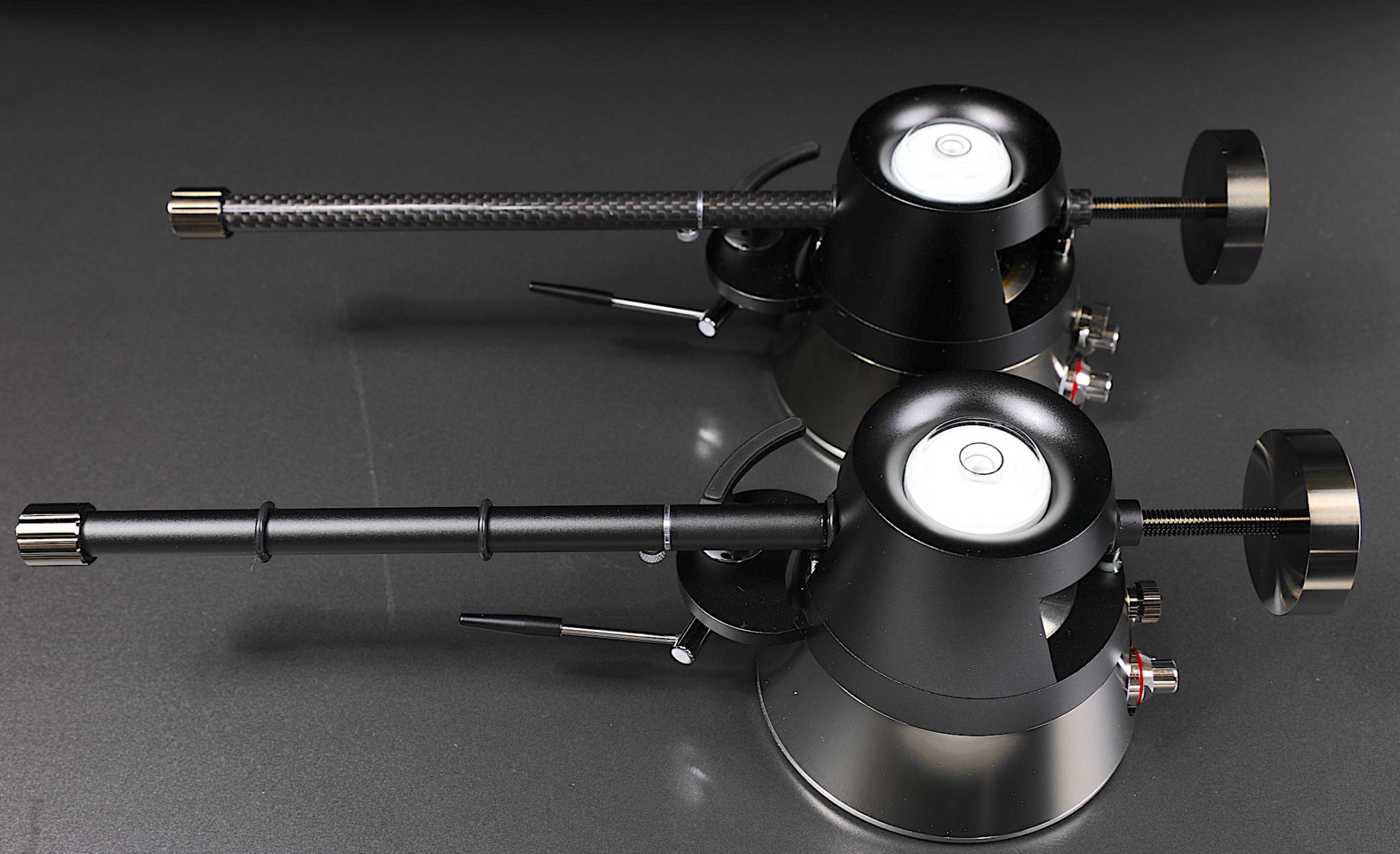
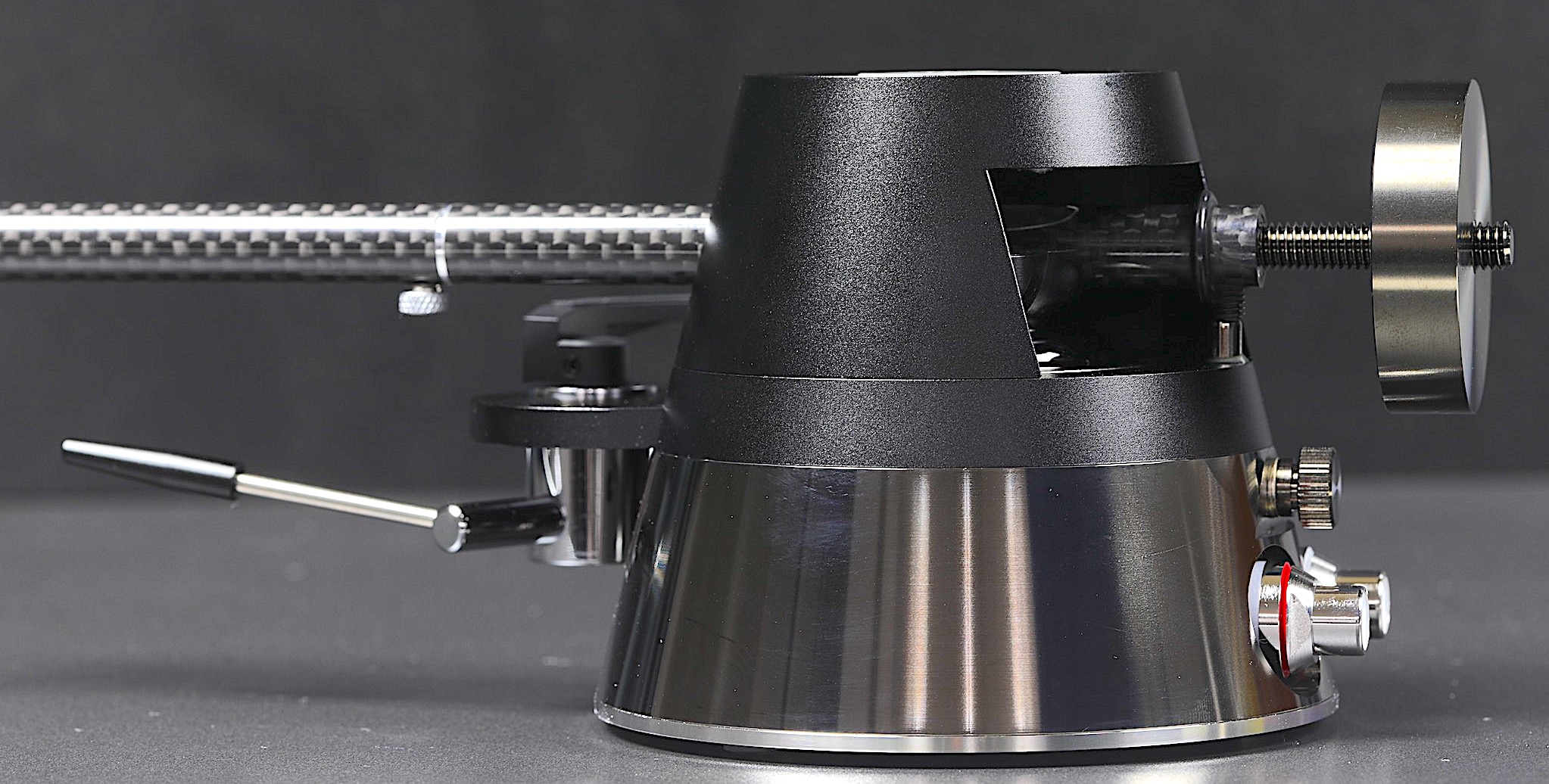
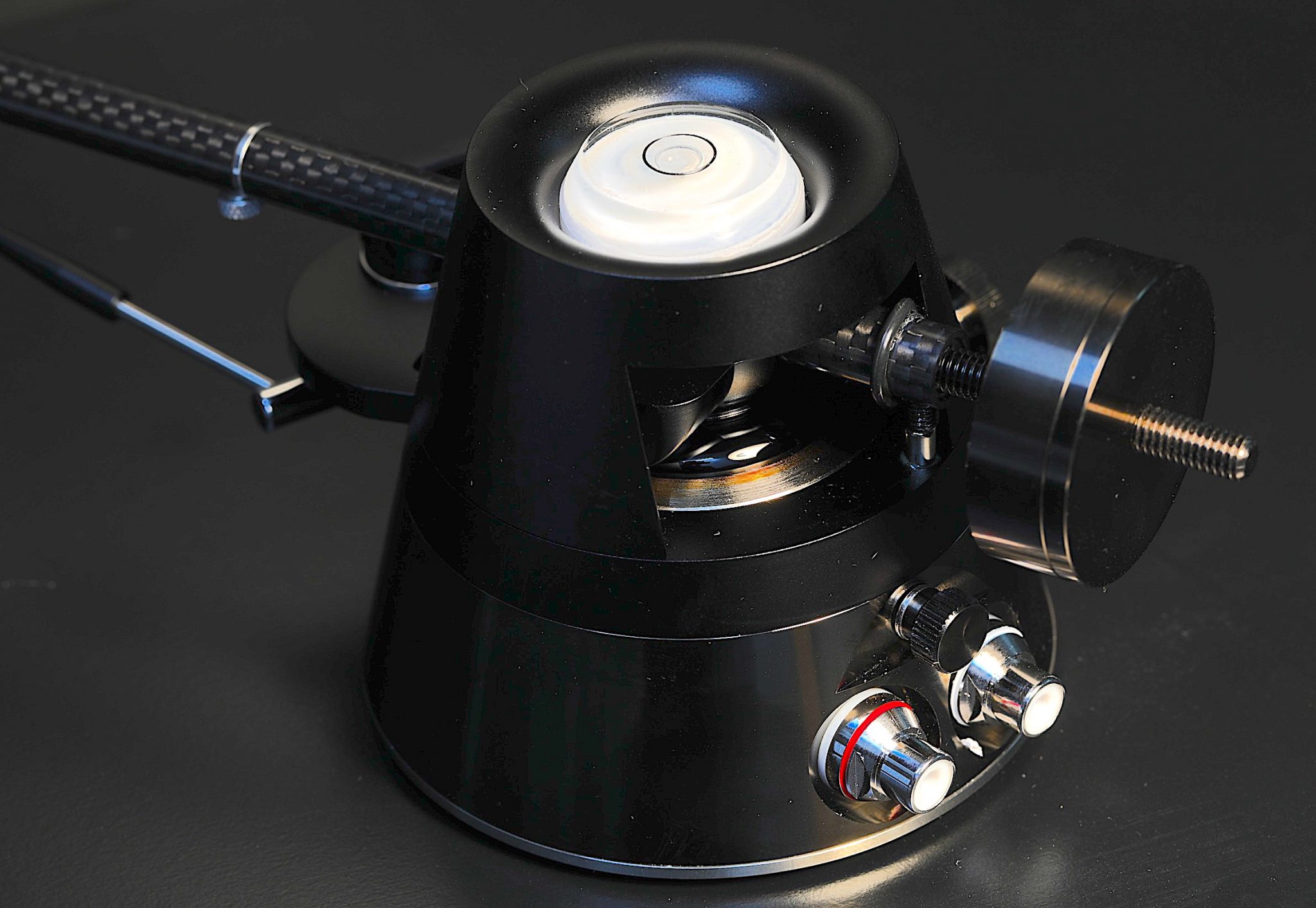
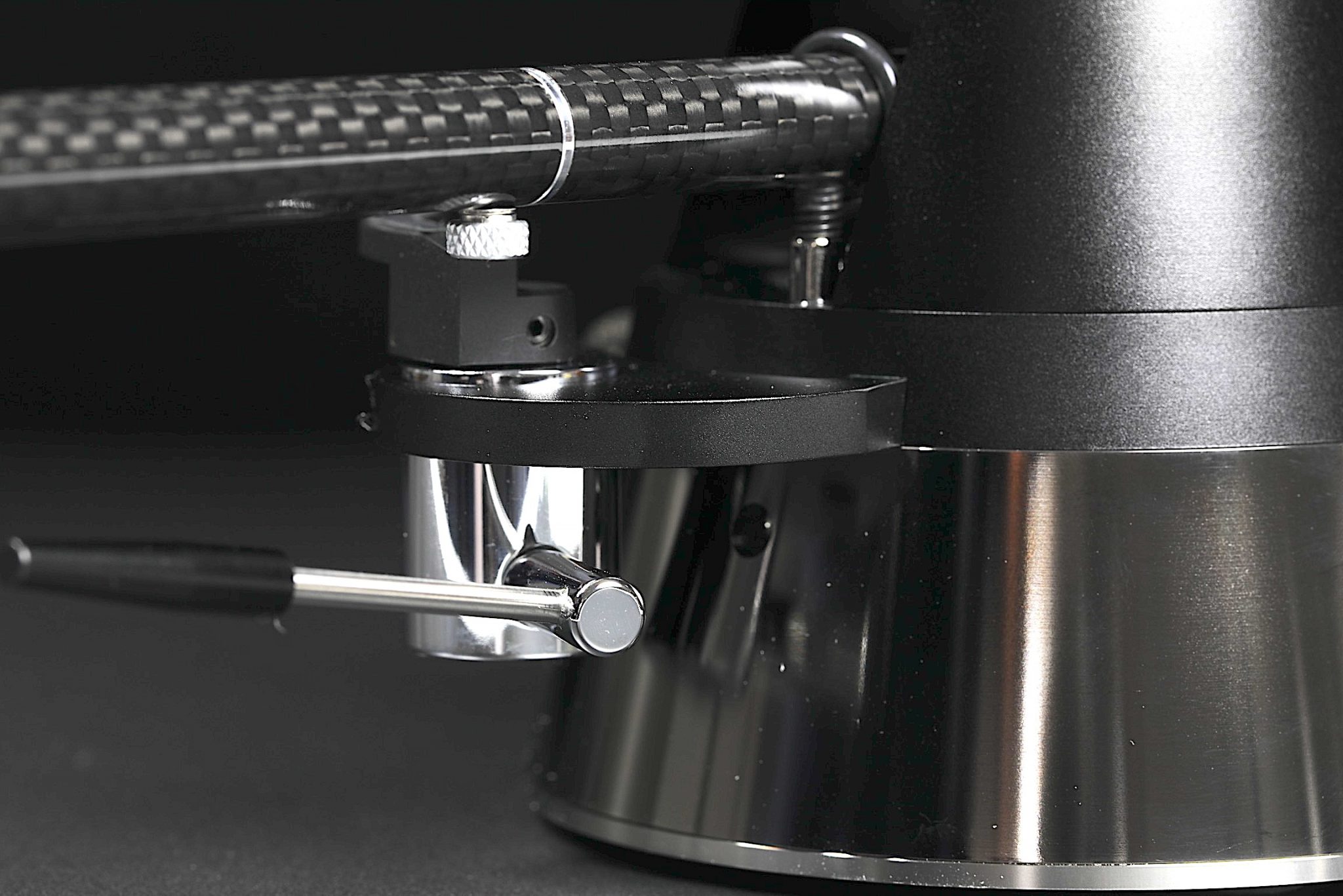
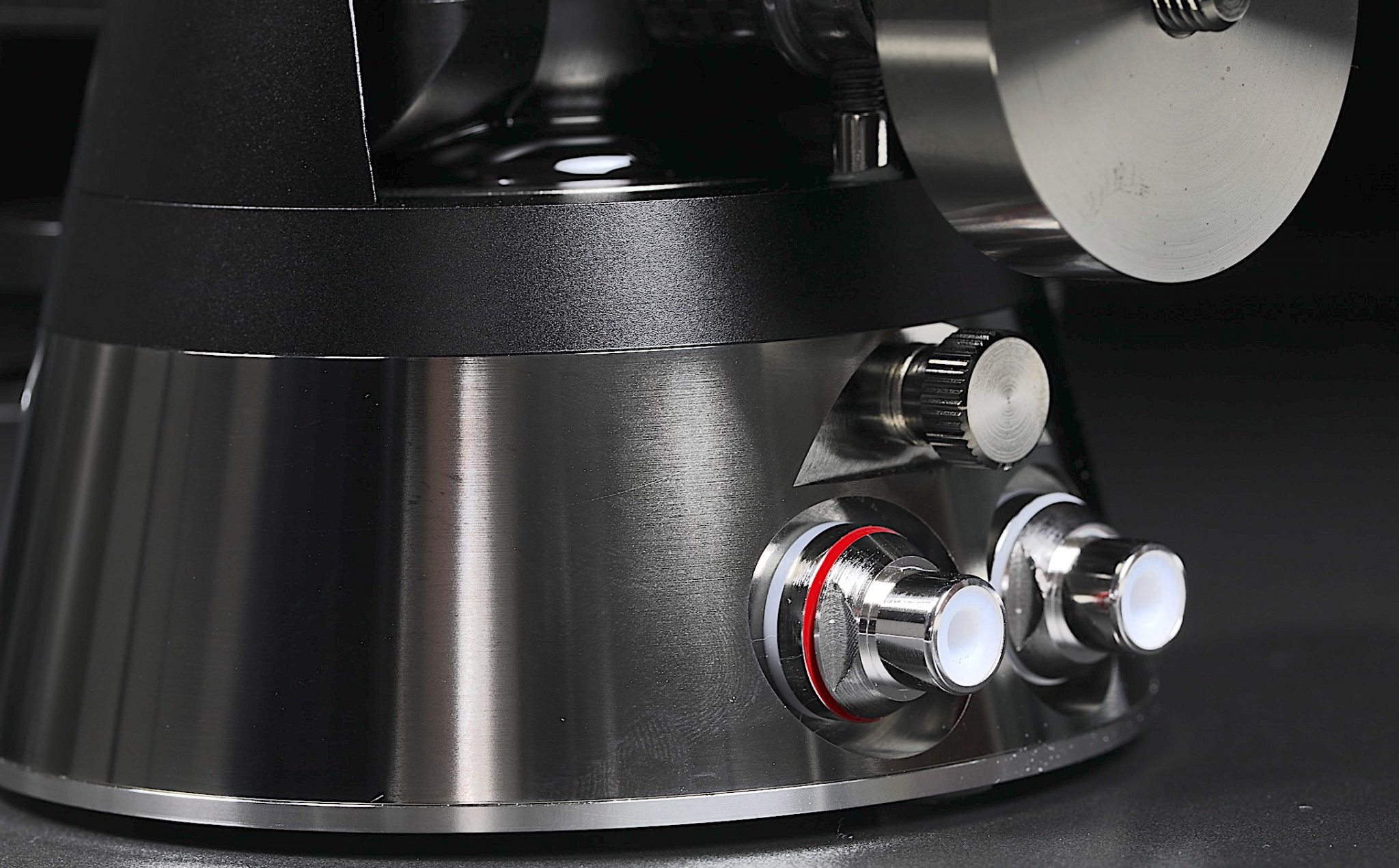
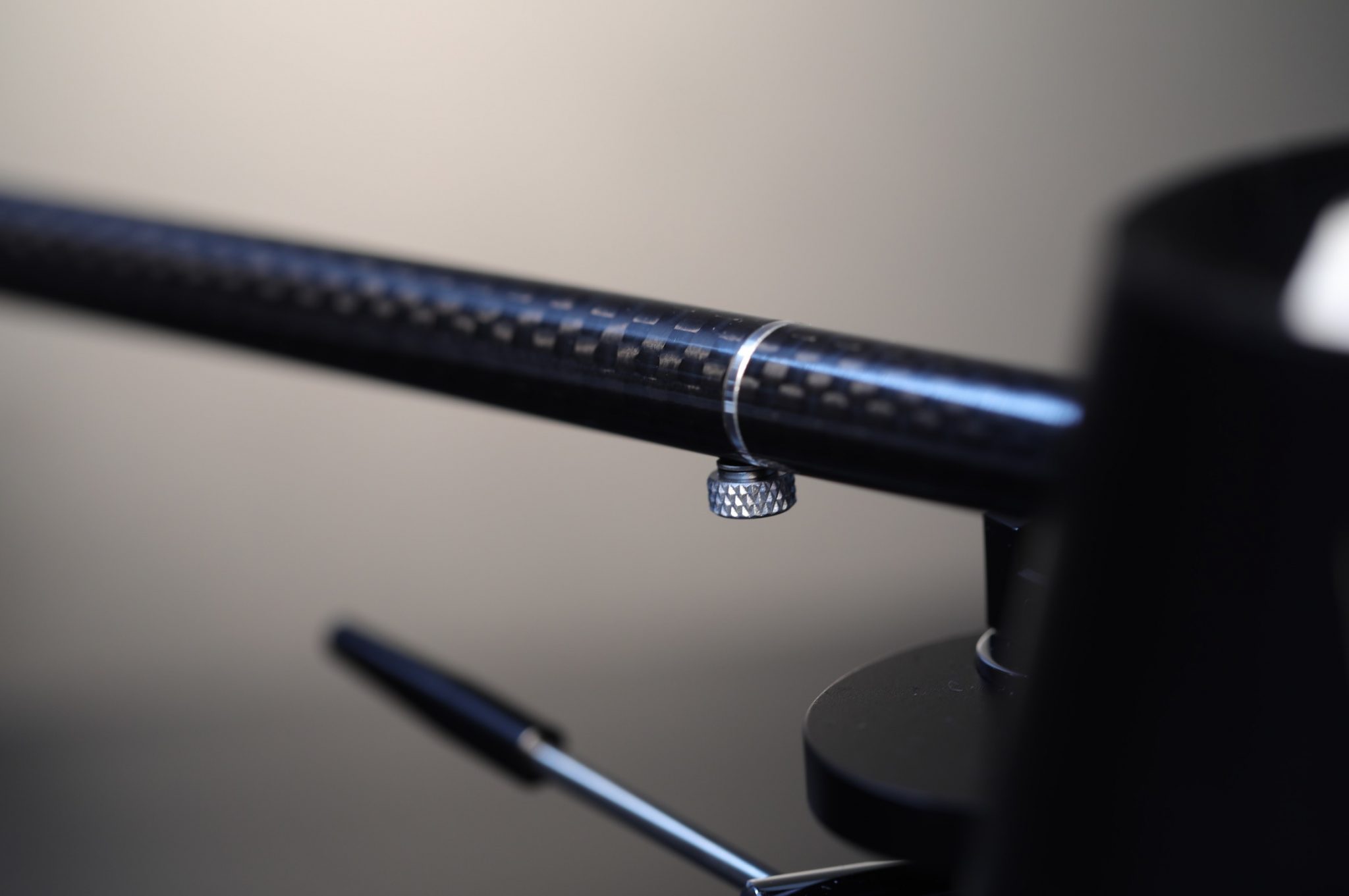
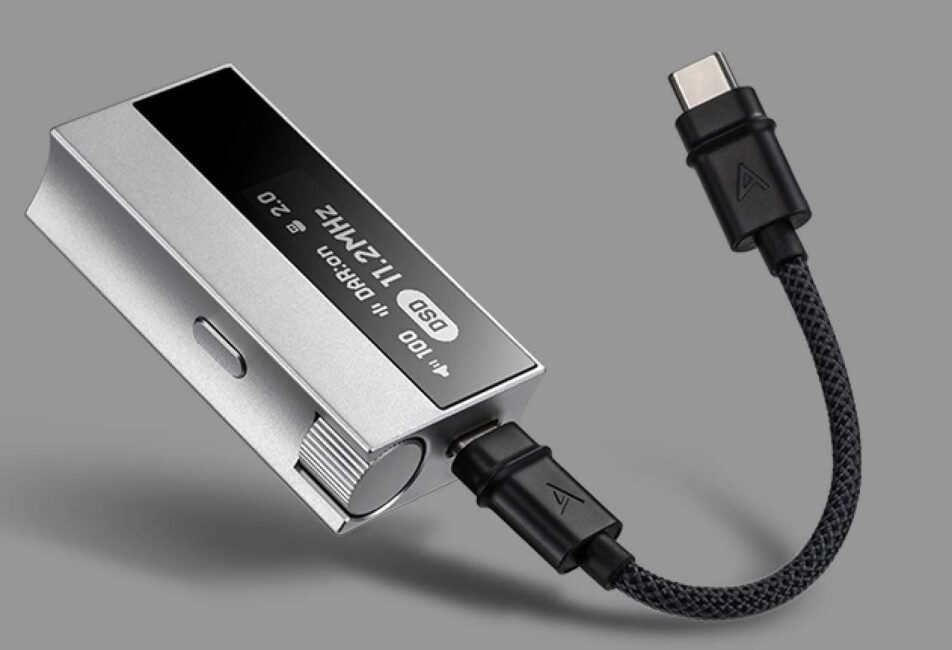
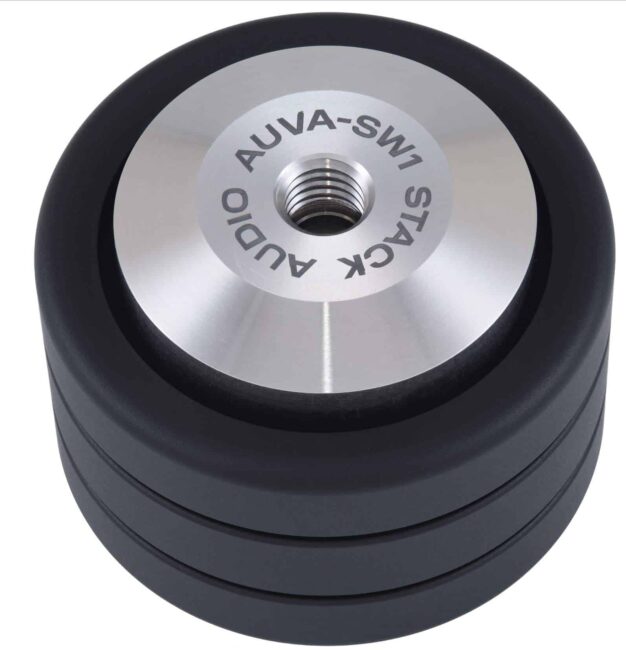
Hi Paul: Excellent introduction. I remain fascinated with the minds (and talent) at work with analog sources; tables, arms and so forth. Here’s a source that has rightfully, withstood the test of time -and competing technologies.
Personally, it took nearly 20-years (1982-2000) before I could begin enjoying music as I always could with turntables. Specifically, some dimensionality/layering, and accurate “tone” began to emerge; something that alluded the format for the longest time -while some would say continues to (compared to tables/vinyl records).
Although I have not enjoyed “records” (love that term) for the longest time, it no doubt continues to impress with its sheer musicality; earthly tonal ‘colors, dynamics and simple, sheer sense of scale and believability.
Yet, I cannot imagine it comes close to resolving the low-level signal intricacies that even today’s modest digital front-ends can extract (assuming one has the requisite sound system). The sheer amount of signal recovery; layering and tonal nuances unraveled by today’s digital was deeply absent from CD’s for the longest time.
And finally, although such premium performance is available from analog front-ends, a considerable investment is required compared to what is on offer from today’s digital hardware/software -and at
a fraction of the cost. As has been demonstrated throughout the modern era of music listening, there is ample room for all to coexist harmoniously.
peter jasz